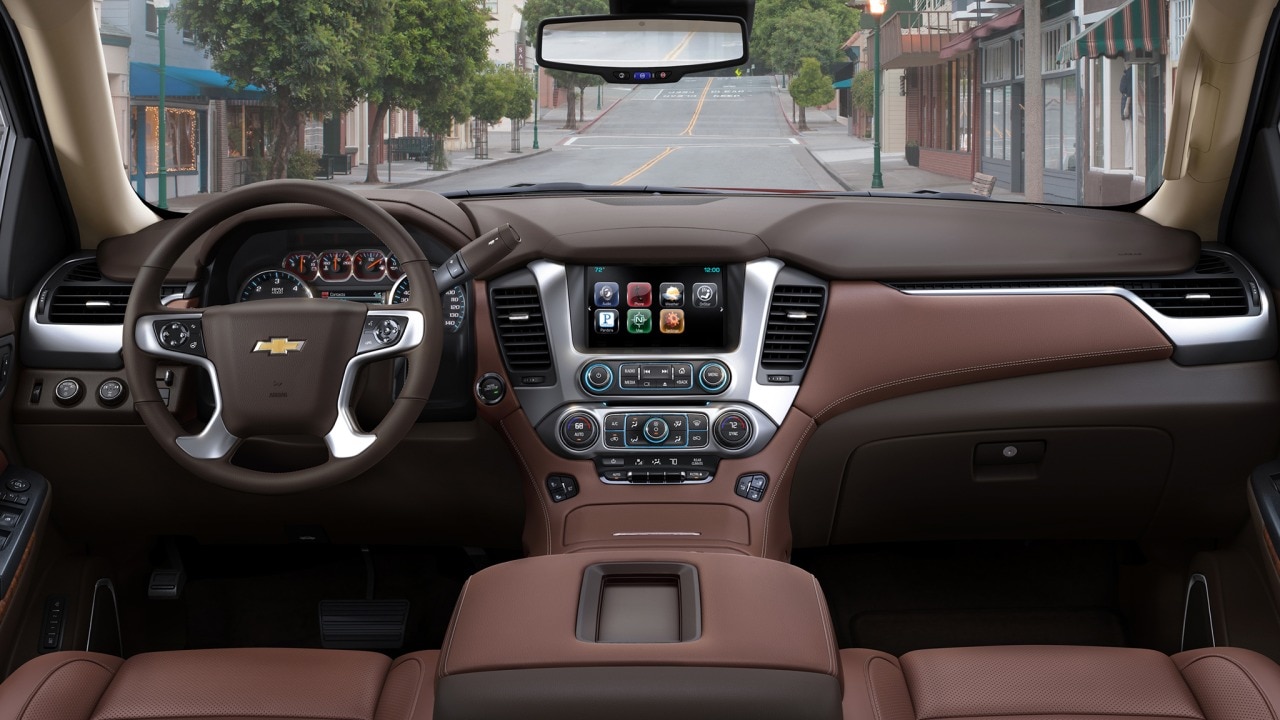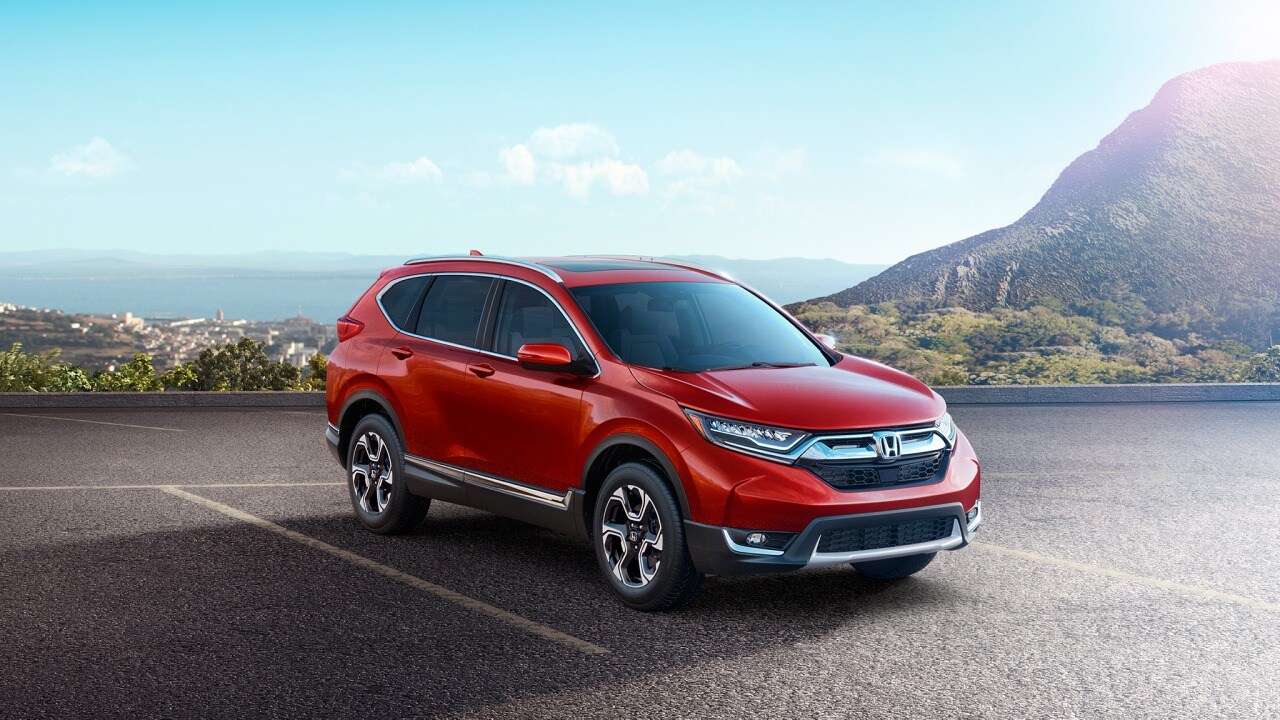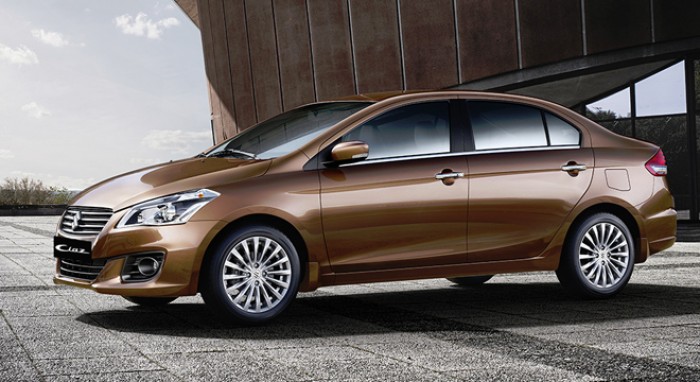The Mercedes-Benz AMG GT—shortened to
Mercedes-AMG GT by the automaker—is a two-door, high-performance luxury coupe
that succeeded the SLS AMG as the automaker's halo car.
However, Mercedes doesn't consider it a direct
successor. Though the GT uses some of the SLS's structure, it is shorter
overall, drops that model's gullwing doors, and costs a good deal less.
The AMG GT is the second car built by the
AMG brand completely on its own without a Mercedes-Benz production car as its
basis and it's gunning straight at the Porsche 911.

The first AMG GT models arrived in 2015 for
the 2016 model year. With similar proportions to the SLS, the AMG GT comes off
as prettier, and one of the most attractive Mercedes designs in a long time.
The interior adopts an aviation-influenced concept, with just enough buttons on
the center console to control all of the car's mechanical systems—no need to
dig through pages of menus, which is much appreciated in the heat of the
moment.
Under its hood, the AMG GT offers a
twin-turbocharged 4.0-liter V-8 engine in two states of tune, one for each of a
pair of variants of the car: the AMG GT and AMG GT S. The GT is the entry point
to the range, offering 456 horsepower and 443 pound-feet of torque. The car can
dash from 0 to 60 mph in 3.9 seconds and hit an electronically limited top
speed of 189 mph. The more potent GT S is rated at 503 hp and 479 lb-ft,
reducing the 0-to-60-mph dash to 3.7 seconds and with an electronically limited
top speed of 193 mph. Both versions of the car use the same 7-speed dual-clutch
gearbox, which itself is carried over from the SLS AMG. The GT S was offered in
the first year of production, including a special Launch series, with the GT
added for subsequent model years.

The AMG GT offers a unique engine
configuration—one it claims to be a world first in a sports car: the
combination of dry-sump lubrication with a “hot vee” turbocharger layout. The
dry-sump lubrication system means the AMG GT dispenses with the bulky oil pan
below the engine, instead relying on a remote reservoir and pump, allowing for
lower mounting and a correspondingly lower center of gravity for the car. The
“hot vee” layout means the AMG GT’s intake and exhaust manifolds flow in the
reverse direction of a typical engine, allowing for the turbochargers to be
placed in the engine's valley, which creates a more compact and
thermodynamically efficient package of the whole unit.
Built of aluminum, the AMG GT promises to be
especially light; the space frame itself weighs just 509 pounds. AMG was able
to shed mass compared to the SLS by using conventional doors instead of the
gullwings of the prior model, which required extra strengthening. This also
allowed the designers to pen a curved roof rather than the flat top needed for
the gullwings to work. The shorter overall length also contributed to the
weight reduction.
In addition to the high-performance hardware,
the AMG GT offers some interesting performance-enhancing electronics. The
drive-select system offers C, S, and S+ modes for progressively sportier
responses, affecting the shift characteristics, throttle response, and dynamic
adaptive dampers; the GT S model offers an additional RACE mode to
better suit track use. An available set of active powertrain mounts stiffens
the connection between engine and transaxle and body when necessary to help
transfer loads at just the right time, and can do so independently at each
point for properly timed reactions to body movements. The AMG GT can also
factor in lateral acceleration load (cornering force) to help adjust the amount
of power sent to the rear wheels when the driver applies the throttle. This
system is meant to improve both cornering stability and corner-exit traction.
For the 2017 model year, the AMG GT lineup
grew to include a base model—and in 2018, it'll gain two more. For 2017, the
lineup includes the AMG GT S and base GT. Both have the same 4.0-liter
twin-turbo V-8, but the base GT makes 456 hp (versus 503) and 443 lb-ft of
torque (versus 479). A 7-speed dual-clutch AMG SpeedShift gearbox also comes
standard, but the base GT does without the GT S model's AMG Adaptive
suspension, AMG Adaptive exhaust, and "Race" mode for its Dynamic
Select system.
For 2018, the AMG GT lineup grew to include a
GT roadster, a GT C roadster, and the GT R. The Roadsters share most of the
specs of the GT and GT S coupes; the GT R gets a litany of changes, from active
rear steering to exotic Michelin tires to a high-output version of the
twin-turbo V-8.








